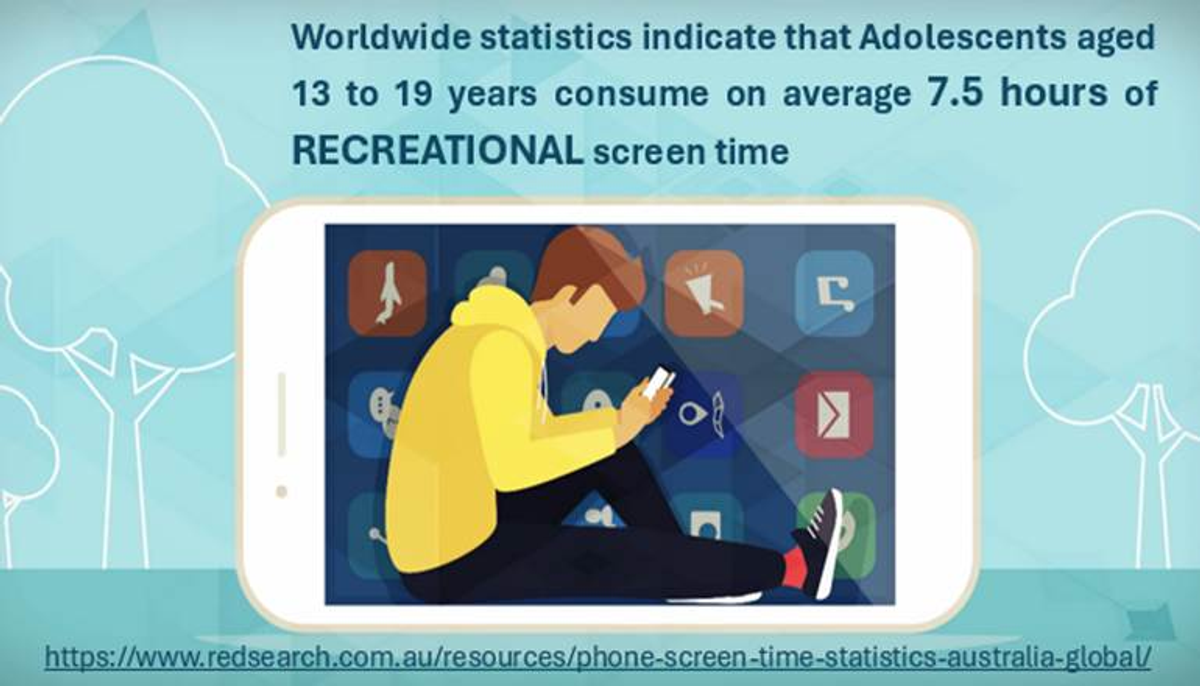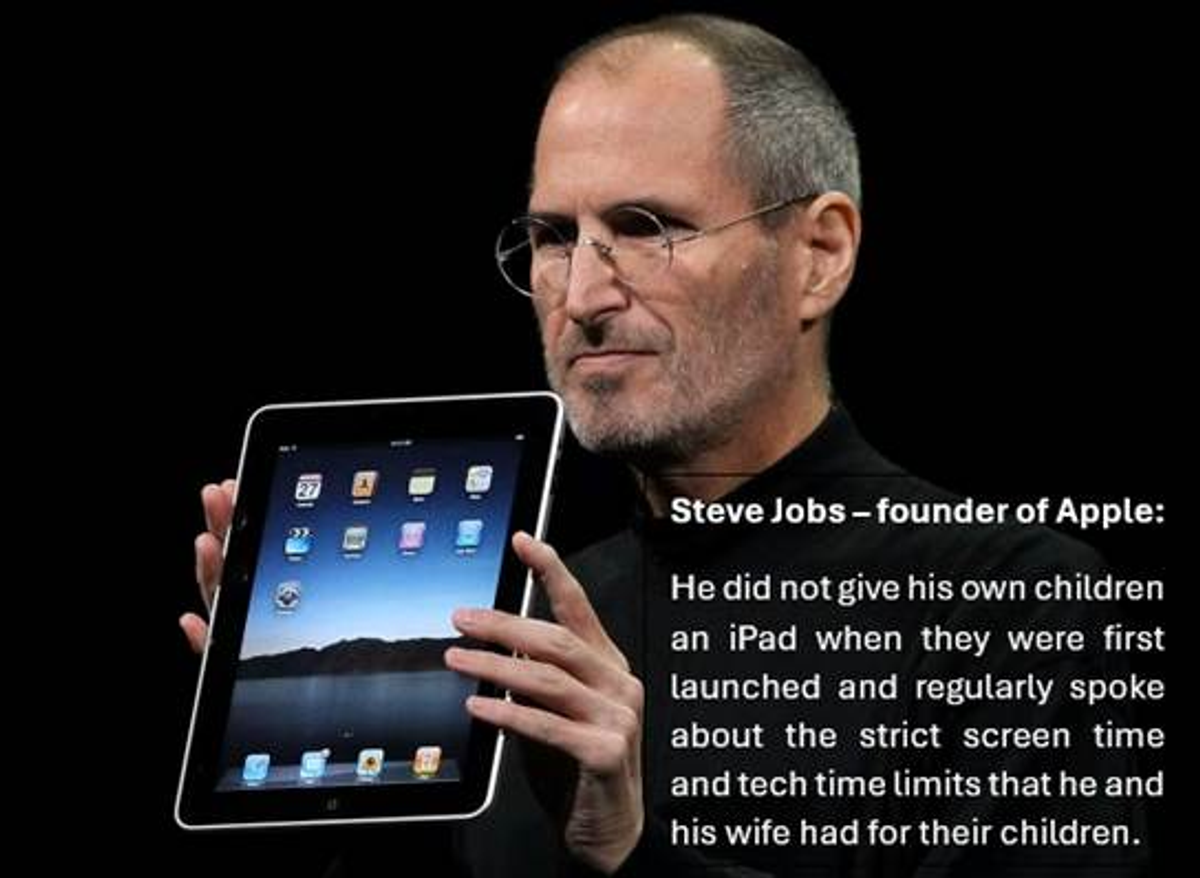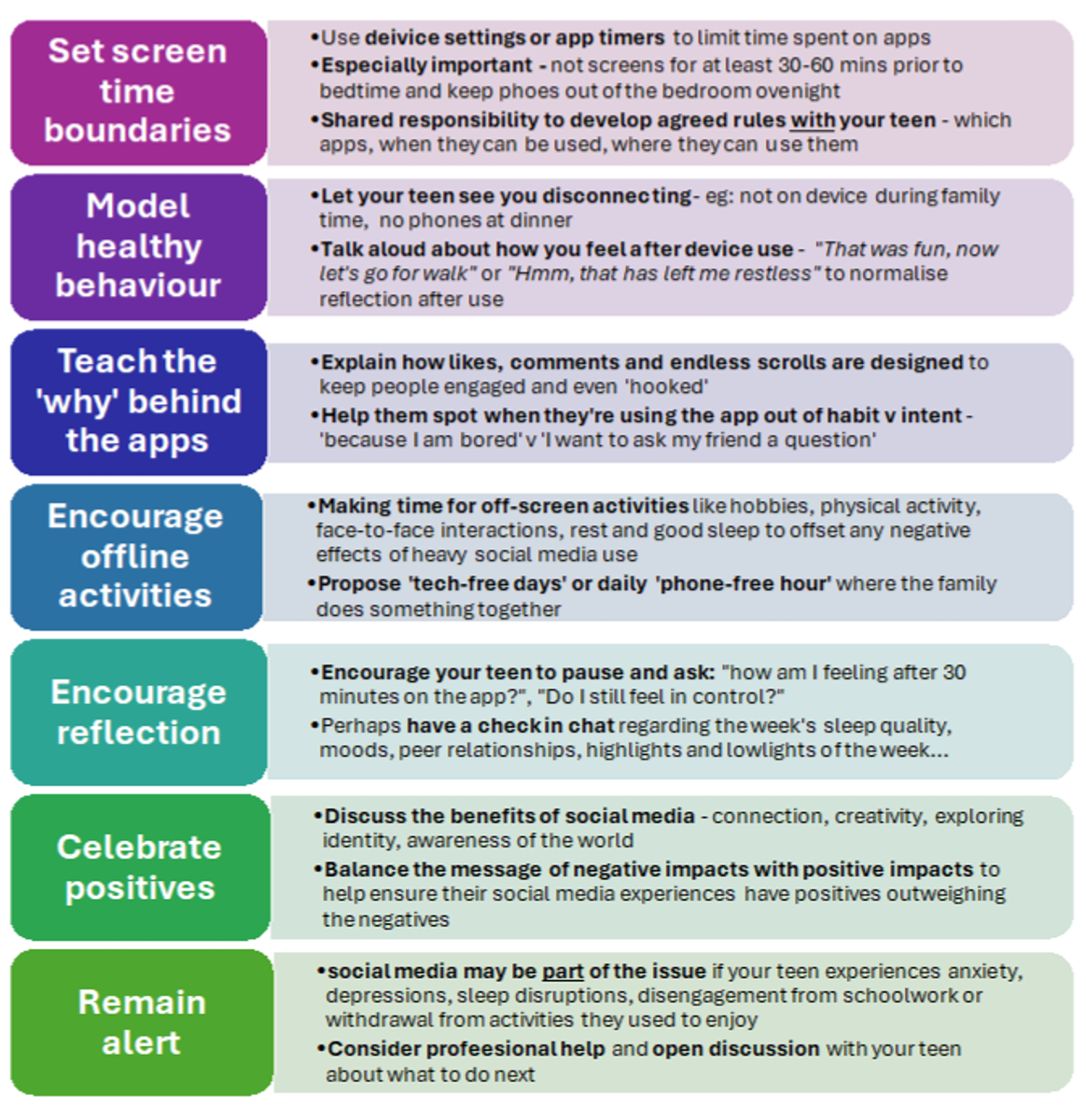Social Media & Screen Time
Digital Habits - tips for parents/carers

Social Media & Screen Time
Digital Habits - tips for parents/carers
Screens are stealing our time — and most of us haven’t even noticed.
The average person now spends more time looking at a screen than sleeping, and the consequences are only beginning to surface.


The graphic below shows how much of our ‘FREE TIME’ is spent on some kind of screen:


Devices like smartphones are an important part of modern life - they are great tools for school, organising, communicating, learning skills, and even directions.
Social media can also be a fantastic platform for fostering social connection – as well as self-expression, creativity and skill-building, as well as the development of civic engagement and awareness of social issues, plus a great source of entertainment.
But too much screen time can impact physical and mental health - giving us less time for other activities like sports, in-person socialising, schoolwork and sleep.




Between the ages of 10 and 12, changes in the brain make social rewards start to feel a lot more satisfying - compliments on a new hairstyle, laughter from a classmate. Specifically, receptors for the “happy hormones” oxytocin and dopamine multiply in a part of the brain called the ventral striatum, making preteens extra sensitive to attention and admiration from others.




Social media is not “bad” by itself, but it’s designed in a way that can lead to overuse, especially if left unchecked. The goal of social media companies is to keep users on the app longer to make more money from ads, not to protect your child’s mental health. Teens are especially vulnerable because their brains are still growing and are more sensitive to rewards and peer feedback.
Even the inventors, founders and CEOs of the technology we use have used strict screen/technology time limits for their own children:






Helping teens understand the design elements of social media apps is a great way to initiate discussions with teens about safe and appropriate use of social media apps, having them a part of the discussion rather than be told what rules apply to social media use. The following offers other tips for parents and carers in supporting their teen’s use of social media as they creep closer to turning 16 years old.


Tanya Moran
Leader of Inclusive Practices